Subtotal: $16.79
How to Read a Dress: A Guide to Changing Fashion from the 16th to the 21st Century Paperback – Illustrated, November 18, 2021 by Lydia Edwards
PAPERBACK
[280 pages]
PUB: November 18, 2021
Description
Author: Edwards Lydia
Brand: Bloomsbury Visual Arts
Edition: 2
Format: Illustrated
Package Dimensions: 17x244x777
Number Of Pages: 280
Release Date: 18-11-2021
Details: Product Description
Fashion is ever-changing, and while some styles mark a dramatic departure from the past, many exhibit subtle differences from year to year that are not always easily identifiable. With overviews of each key period and detailed illustrations for each new style, How to Read a Dress is an appealing and accessible guide to women’s fashion across five centuries. Each entry includes annotated color images of historical garments, outlining important features and highlighting how styles have developed over time, whether in shape, fabric choice, trimming, or undergarments. Readers learn how garments were constructed and where their inspiration stemmed from at key points in history – as well as how dresses have varied in type, cut, detailing and popularity according to the occasion and the class, age and social status of the wearer. This new edition includes additional styles to illustrate and explain the journey between one style and another; larger images to allow closer investigation of details of dress; examples of lower and working-class, as well as middle-class, clothing; and a completely new chapter covering the 1980s to 2020. The latter demonstrates how the late 20th century and early 21st century firmly left the dress behind as a requirement, but retained it as a perennially popular choice and illustrates how far the traditional boundaries of ‘the dress’ have been pushed (even including reference to a newly non-binary appreciation of the garment), and the intellectual shifts in the way women’s fashion is both inspired and inspires. With these new additions, How to Read a Dress, revised edition, presents a complete and up-to-date picture of ‘the dress’ in all its forms, across the centuries, and taking into account different sartorial and social experiences. It is the ideal tool for anyone who has ever wanted to know their cartridge pleats from their Récamier ruffles. Equipping the reader with all the information they need to ‘read’ a dress, this is the ultimate guide for students, researchers, and anyone interested in historical fashion.
Review
“This comprehensive, inclusive and updated guide to dress history is richly illustrated in full colour and is supplemented with detailed annotations that identify the key stylistic trends from 1550 to 2020 – making it an essential text for the novice fashion historian.” ―Ingrid Mida, Author of The Dress Detective and Reading Fashion in Art“Fashion lovers, students, and historians alike are all indebted to Edwards for teaching us how to interpret the meanings inscribed in the very clothes we wear and have worn for centuries. This new edition brings us into the 21st century with a potent reminder that not only can we all read a dress – we can all wear one too!” ―Cassidy Zachary, author and co-host of ‘Dressed’ podcast“This updated and expanded edition is an invaluable resource in any costume history library. Dr. Lydia Edwards brings to life the evolution of the changing fashions, technological developments, and the social and material culture of the different decades.” ―Karin Bohleke, Shippensburg University, USA“For a knowledgeable introduction that has plenty of eye candy alongside its scholarship, Lydia Edwards’ How to Read a Dress hits the spot…The curated collection, featuring everything from funeral finery to department-store finds, offers [a…] fascinating fashion primer that invites you to make connections across centuries, to wonder about the ways huge social shifts are reflected in everyday life, and tips you off about the placement of shoulder seams. Whether you’re a costume nerd or just casually curious, How to Read a Dress will give you some insights into the language of dress.” ―NPR (of the first edition)“The general principle of this book is excellent and provides a much–needed overview … [It] is a perfect introduction to the world of dress history and provides a good stimulus for further study. For those with specialist knowledge of particular p
Be the first to review “How to Read a Dress: A Guide to Changing Fashion from the 16th to the 21st Century Paperback – Illustrated, November 18, 2021 by Lydia Edwards”
You must be <a href="https://webdelico.com/my-account/">logged in</a> to post a review.

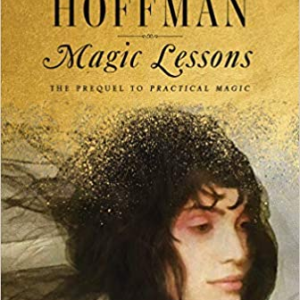 Magic Lessons: The Prequel to Practical Magic by Alice Hoffman
Magic Lessons: The Prequel to Practical Magic by Alice Hoffman 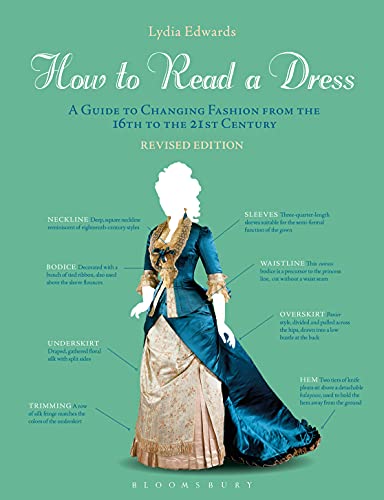

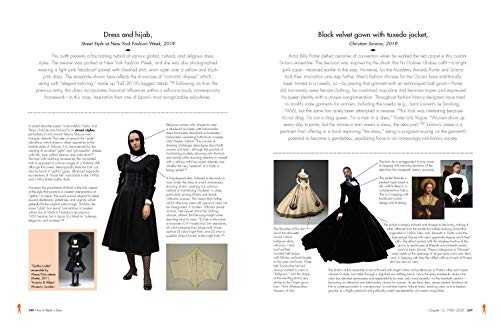
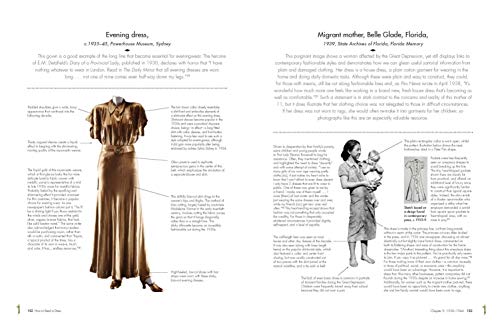

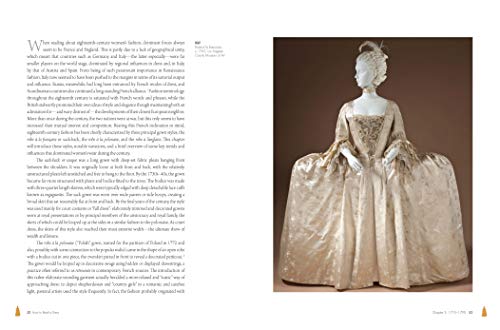
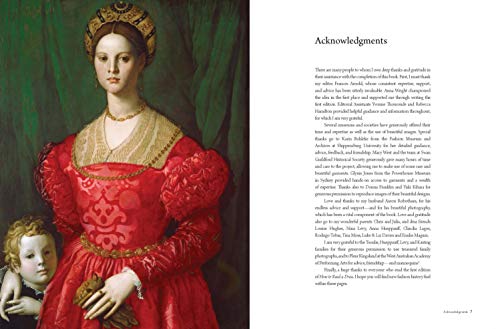


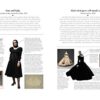
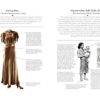
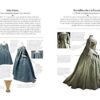





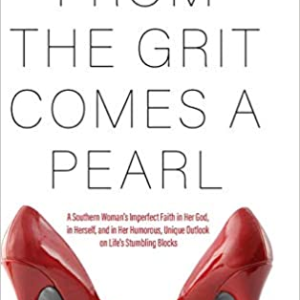




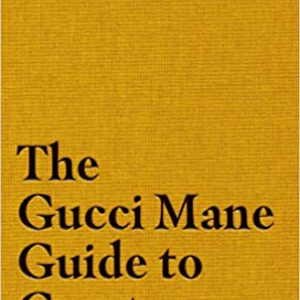
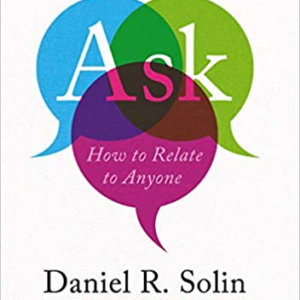

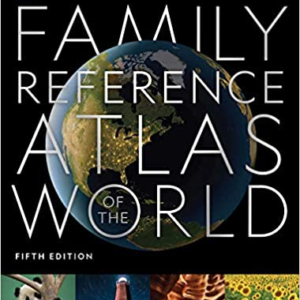

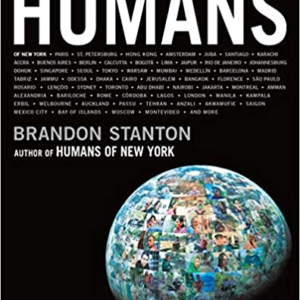
























There are no reviews yet.